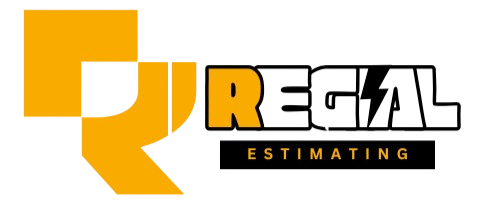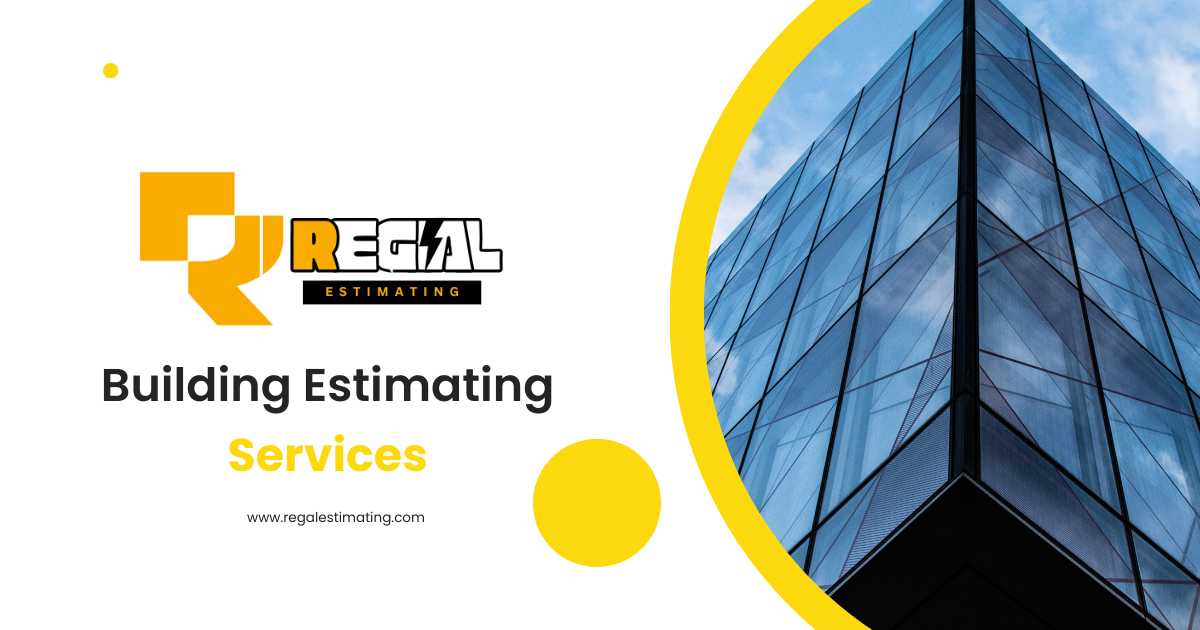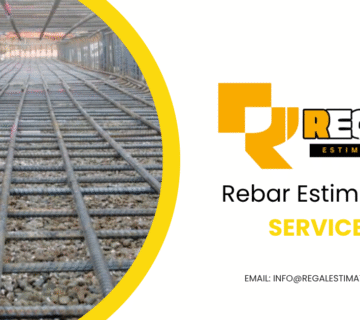Introduction to Building Estimating
Building estimating is the backbone of every successful construction project. Whether you’re developing a residential complex or a high-rise commercial building, having a detailed and accurate estimate helps manage costs, timeframes, and resources. It’s not just about numbers—it’s about planning smartly.
Why Accurate Estimating Matters in Construction
Accurate building estimating is critical. A slight miscalculation can lead to budget overruns, project delays, or even failed builds. Here’s why precision is key:
- Budget Control: Keeps your project within financial limits.
- Resource Allocation: Ensures materials and labor are efficiently used.
- Client Confidence: Builds trust with stakeholders and investors.
- Compliance: Helps meet legal and regulatory standards.
Who Is Regal Estimating?
Regal Estimating is a U.S.-based construction estimating company known for its precision, reliability, and industry-leading turnaround time. With years of experience, the team delivers accurate estimates across various construction sectors, helping contractors stay competitive and profitable.
Why Choose Regal?
- Highly skilled estimators
- Fast delivery (24–48 hours)
- Use of advanced estimating software
- Affordable pricing
Core Services Offered by Regal Estimating
Residential Estimating
Regal specializes in estimates for custom homes, duplexes, and large housing projects. Their service includes:
- Material takeoff
- Labor costing
- Site work analysis
Commercial Estimating
For shopping malls, office buildings, and retail spaces, Regal provides:
- HVAC, electrical, plumbing estimates
- General contractor pricing
- Bid preparation
Industrial Project Estimating
Regal Estimating offers expert insights into complex builds like factories and warehouses, including:
- Structural steel estimates
- Equipment installation costs
- Insulation and fireproofing
Key Components of Building Estimating
- Material Takeoff – Quantities and costs of materials like concrete, steel, bricks, etc.
- Labor Costs – Time and rates for skilled/unskilled labor.
- Equipment Costs – Machinery and tools needed on site.
- Overheads – Site management, transportation, insurance, etc.
- Contingency – Buffer for unknown costs or changes.
- Profit Margin – The contractor’s markup.
Common Estimating Methods
- Detailed (Bottom-Up) Estimating – Calculates costs from individual components.
- Analogous Estimating – Uses costs from similar past projects.
- Parametric Estimating – Applies unit costs (e.g., cost per sq ft) to total scope.
- Three-Point Estimating – Uses optimistic, pessimistic, and most likely estimates.
Tools & Software for Building Estimating
- PlanSwift – Digital takeoffs and cost estimation.
- Bluebeam Revu – PDF takeoff, markup, and measurements.
- STACK – Cloud-based estimating and bid management.
- CostX – 2D and 3D model-based takeoffs.
- Buildertrend / CoConstruct – Estimating for home builders.
RSMeans Data Online – Building Cost Estimating Tool
Industry-standard construction cost database for accurate building estimating.
StackCT – Cloud-Based Estimating Software
Offers easy digital takeoffs, estimating, and bid management for builders.
PlanSwift – Estimating & Takeoff Software
Powerful on-screen takeoff and estimating software used by contractors globally.
Bluebeam Revu – Quantity Takeoff for Estimating
PDF-based takeoff and markup tool tailored for building estimators.
Why Building Estimating Is Important
- Ensures accurate budgets and realistic timelines.
- Helps win more bids through competitive pricing.
- Prevents cost overruns and disputes during construction.
- Essential for cash flow planning and risk management.
Best Practices
- Always verify material prices with updated supplier quotes.
- Include wastage factors in your quantities.
- Review site conditions that may impact labor/equipment costs.
- Use historical data for benchmarking and adjustments.
Step-by-Step Building Estimation Process
Initial Project Assessment
A thorough review of blueprints, client needs, and project scope kicks off the process.
Quantity Takeoff
Using digital tools, estimators calculate quantities of materials—concrete, lumber, steel, etc.—for each phase.
Pricing and Budgeting
With supplier and labor databases, Regal assigns real-time market rates, adjusts for regional differences, and creates a comprehensive estimate.
Benefits of Working With Regal Estimating
- Reduced overhead for contractors
- Improved bid success rates
- Tailored services for small and large firms
- Timely delivery with no compromise on accuracy
- Full confidentiality of project data
Common Estimating Mistakes to Avoid
Avoiding errors in estimating saves you thousands. Common mistakes include:
- Guessing unit prices
- Overlooking site conditions
- Ignoring inflation and material price volatility
- Failing to update estimates with change orders
21 Expert Tips to Improve Building Estimating Accuracy
- Use updated material pricing databases
- Apply regional cost factors
- Don’t skip site visits
- Double-check blueprint measurements
- Validate subcontractor bids
- Use software for digital takeoffs
- Adjust for weather delays
- Include contingency budgets
- Document assumptions
- Factor in construction waste
- Cross-check labor productivity
- Keep historical project data
- Use standard estimating templates
- Involve field experts
- Schedule periodic estimate reviews
- Separate direct and indirect costs
- Estimate equipment depreciation
- Include insurance and permits
- Avoid rounding errors
- Check scope for exclusions
- Review all calculations twice
Real-Life Case Study: Cost Savings with Regal Estimating
Project: Mid-size commercial plaza in Texas
Client: ABC Developers
Challenge: Budget exceeded by 18%
Solution: Regal reviewed blueprints, adjusted takeoff data, and eliminated overestimations
Outcome: Saved $72,000 on project costs and delivered on time
How Regal Estimating Supports Contractors and Builders
Regal Estimating isn’t just a service provider—they’re your partner in success. Their team offers:
- Estimate reviews before bid submission
- Post-bid revisions
- Consultation on value engineering
- Budget forecasts for multi-phase builds
Future of Construction Estimation
The future is digital and AI-driven. Regal Estimating is already leveraging automation and machine learning to:
- Predict pricing trends
- Automate takeoffs
- Reduce human error
- Deliver ultra-fast estimates
They continue to lead the way as construction tech evolves.
FAQs About Building Estimating
What is building estimating?
Answer: Building estimating involves predicting the costs of construction including materials, labor, equipment, and overhead.
How long does Regal take to deliver an estimate?
Answer: Regal typically delivers within 24–48 business hours.
Is Regal Estimating suitable for small contractors?
Answer: Absolutely! They work with contractors of all sizes and offer scalable pricing.
Can Regal estimate green buildings or LEED projects?
Answer: Yes, Regal Estimating is experienced in sustainable construction estimating.
Are Regal Estimating services confidential?
Answer: Yes, they sign NDAs and ensure all client data is protected.
Conclusion
Building estimating isn’t just about getting a number—it’s about unlocking the success of your entire project. Regal Estimating stands out with its expert team, fast turnaround, and top-tier accuracy. From residential homes to industrial complexes, their estimates help builders win more bids and control costs like never before.





No comment